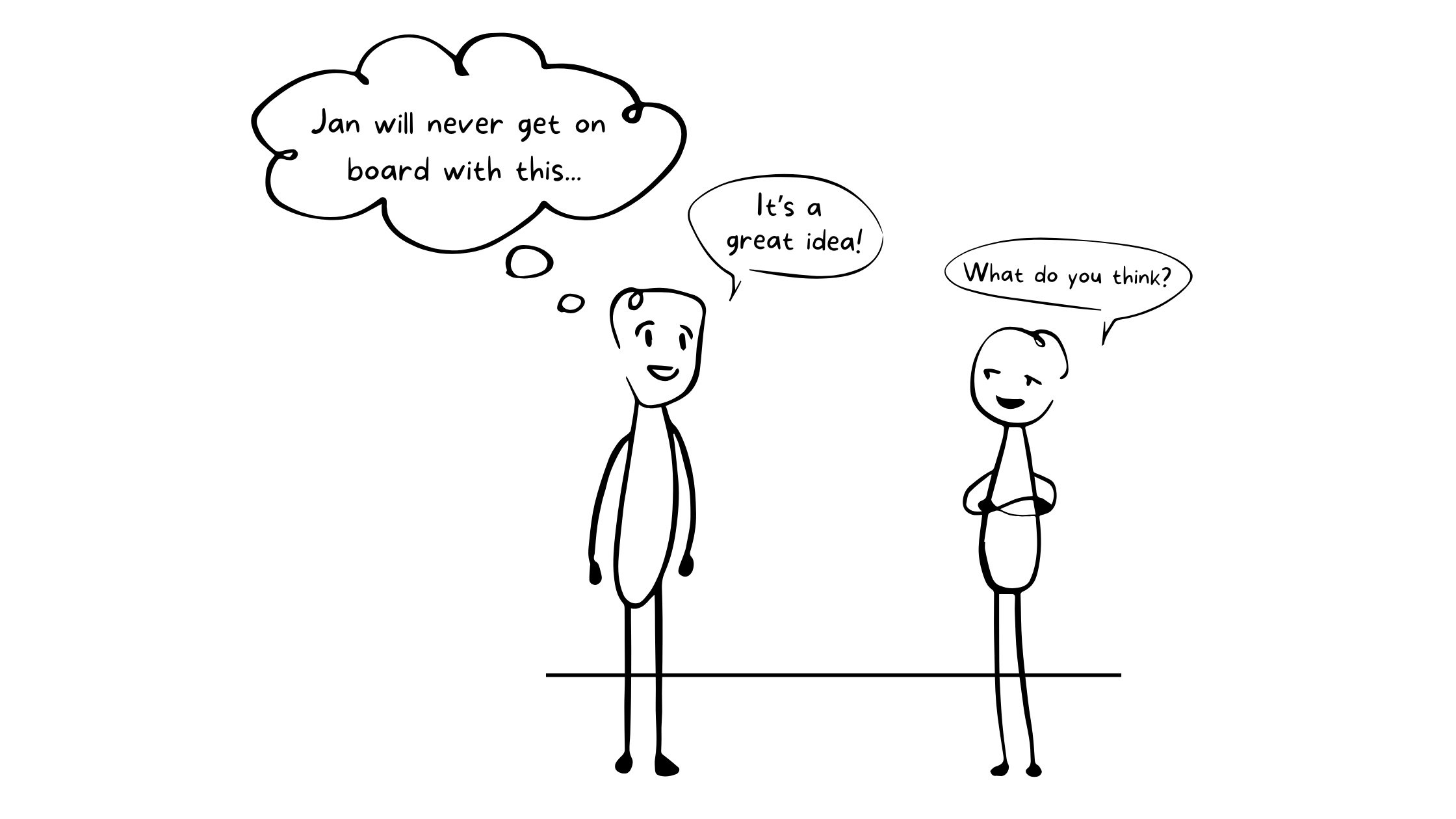Encouraging Innovation When a Process Has a Loyal Advocate - Mindshift Moments

The Moment:
Sarah, one of your team members, brings an innovative idea to your one-on-one meeting that could significantly streamline a critical team process. The potential impact is exciting! But then, a thought crosses your mind: "Jan LOVES the current process just the way it is. She single-handedly created it five years ago and has been its biggest advocate ever since. She’ll never be willing to give it up."
The Mindshift:
We've all worked with that colleague who fiercely guards a process—perhaps because they created it or strongly believe in its value. As leaders, it’s tempting to take the path of least resistance because tough conversations are, well… tough.
Maybe your team feels like a family–you've weathered storms together, built mutual respect and fostered a sense of belonging. But this closeness has led to a fear of conflict, making it feel risky to challenge something that Jan cherishes. So, you avoid the conversation entirely because you assume it will go poorly. You rationalize that you're too busy, you deflect responsibility, and you dismiss Sarah’s idea altogether, convinced that the conflict isn't worth the effort.
But avoiding this conversation is not only uncomfortable, it’s a hidden drain on your team's energy and creativity.
When a process becomes untouchable, it stifles innovation, wastes time, and holds people back. The longer this goes unaddressed, the more opportunities are missed, leading to stagnation, frustration, and even resentment. The price of not having this conversation is paid in missed potential, both for the team and for Jan herself.
The Strategies:
- What’s the Real Cost? Reflect on what it's costing to avoid this conversation. How is the team being held back by sticking to an outdated process? What opportunities are being missed? Consider the impact not just on the team but on the organization—and even on Jan and Sarah. What could Jan be missing by not engaging in this dialogue? How likely is Sarah to bring you her next innovative idea?
- Check your Assumptions: Challenge your assumptions about Jan’s attachment to the process. What assumptions are you holding about Jan and this process? What is true about Jan’s perspective? Is she as invested in this process as it appears? The best way to find out is by having a direct conversation. You might discover that she’s more open to change than you thought—or that there’s a valid reason for her hesitation that can be addressed.
- Talk to Jan with Empathy: When you talk to Jan, approach the conversation with empathy. This isn’t about confrontation—it’s about understanding her perspective and finding a way forward together. Ask her what she values most about this process and what concerns pop up for her when she thinks about changing it. By understanding where she’s coming from, you can work together to find a solution that respects her contributions while allowing the team to move forward.
- Make Challenging Processes the Norm: How might you systematize challenging processes so this becomes a part of your culture? Could you institute an annual review process that includes questions such as: What challenges or inefficiencies haven't we addressed?, If we could start this process from scratch, what might we do differently?, or What tools or methods might we explore to improve this process? These questions help create a safe space for innovation.
High-performing teams can challenge a process they like - even one that works well today - in the name of innovation and efficiency. By shifting your approach and starting this conversation, you are taking a massive step toward a more effective team. The cost of inaction - both for your team’s growth and for the organization’s success - is too high.
